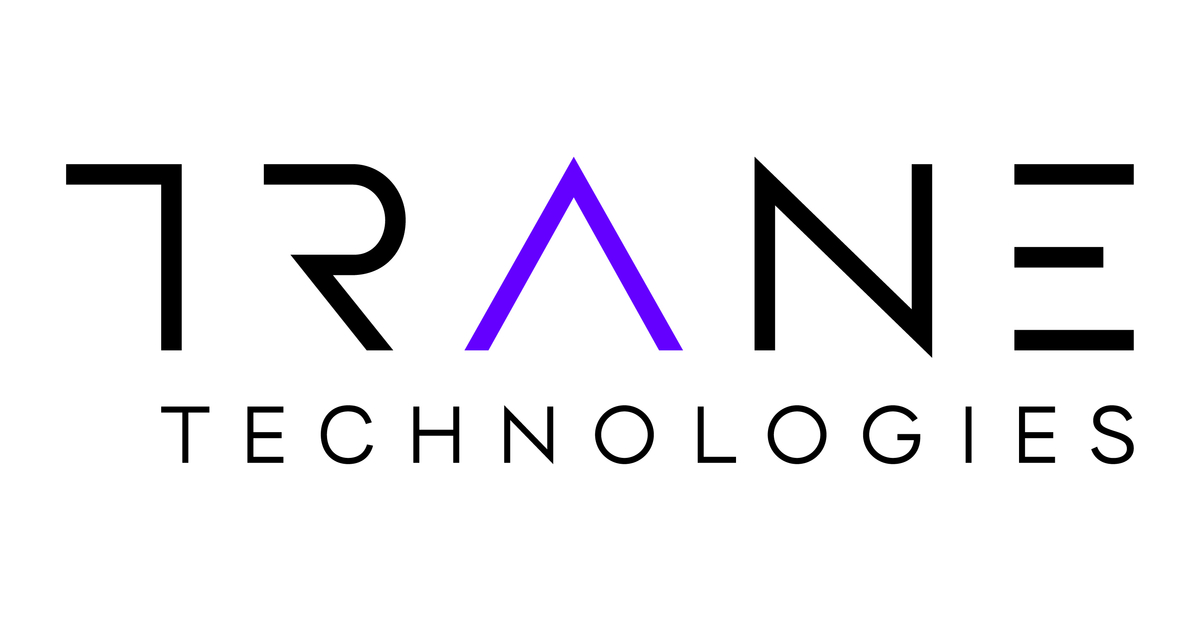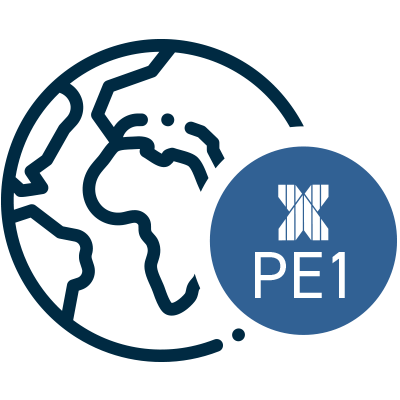SUMMARY
The Fund fell in April as key sustainability sectors including semiconductors, manufacturing, and automotive underperformed; and many of the larger cap growth stocks which do not meet our thematic criteria remained resilient in the face of higher interest rates.
In a society riddled with low self-esteem and mental health issues, Claire Jervis discusses whether Novo Nordisk’s diabetes and weight loss drug, which has become a TikTok sensation and branded a miracle weight loss drug, can or should be considered positive impact.




















